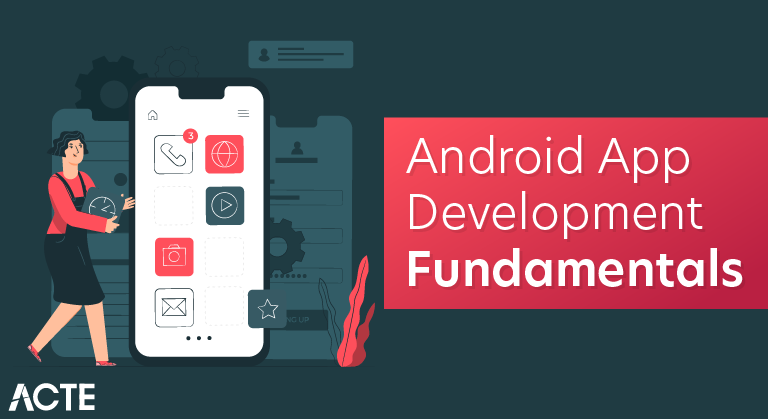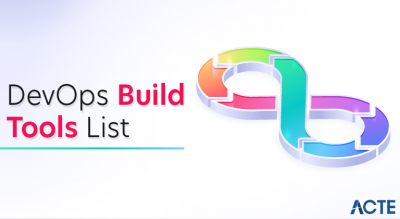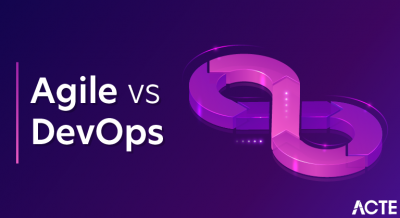
Five Android App Development Fundamentals
- The cool features that come along with applications are what draw the interests of users. Apps make phones “smart” and through their advantages, applications have drastically transformed how we function today.
- Adept programmers are getting busy, designing and building applications of their own and embedding them with favorable features. If you’re one of those enthusiasts, here are 5 Android essentials that you should know before you start programming an Android application.
1. Master the Language
Java and XML are the two fundamental programming languages utilized in Android App development. Knowledge and authority over these programming languages are, therefore, requirements to building up an Android app. Some basic principles of the Java programming language include:
- Packages
- Objects & classes
- Inheritance & interfaces
- Strings & numbers, generics,
- Collections
- Concurrency
The proper understanding of Java and XML will help you create / develop a more robust and elegant Android app.
2. Familiar with the Right Development Tool and Environment
- It is important that before you begin building your application, familiarize yourself with Build Automation Tools as well as the integrated development environment.
- You can use Eclipse for Android application Studio IDE or devices; They will enable you to learn the basics and many different things that will help improve your code.
- You can learn Apache Maven, Apache ant and Gradle because they provide a powerful set of tools to help you manage your build.
- It is additionally significant that you familiarize yourself with source control tools and concepts. Become familiar with the git and after that make a git-source repository (by creating an account on Bitbucket or GitHub).
3. Knowledge of the Application Components
- Application components are an important component of Android application development. Each component is a different point at which the system can enter your app.
- Although each one of them exists as its own entity and plays a specific role, there are some which rely upon one another, and not every one of them are actual entry points.
- There are five different types of application components each serving a distinct need with a particular life cycle which characterizes how it is made and destroyed. They include:
Activities:
- This is a component that represents a single screen with a UI (for example, an email application may have one activity showing a list of new emails, another activity composing emails, and another one reading emails).
- Activities work together to create a cohesive user experience with the app.However, each one of them is independent.
Services:
- This is a part which keeps running in the background to perform work for remote processes or long-running operations.
- It doesn’t give UI (for example it may play music in the background while the user is in a different app).
Content providers:
- This is the component that deals with a shared set of application data. Through this component, the data that you store either in the file system, on the web, a SQLite database can be queried or even modified (as long as the content provider allows it).
- This component is additionally helpful for composing and reading data that isn’t shared and is private to your application.
Broadcast receivers:
- This is the component that reacts to system-wide broadcast announcements. Most of the broadcast receivers begin from the system, and although they do not display a UI, they can make a status bar notice that alerts the user when a broadcast event occurs.
- In general, this is a gateway to other components, doing minimal work.
Activating components:
A synchronous message referred to as intent activates 3 of the 4 components (i.e. services, activities and broadcast receivers). Intentions bind each other to runtime, whether components are related to your application or not.
4. Awareness on Fragmentation, Android Apps, Threads, Loaders and Tasks
- Android is a fragmented market with different device and operating system versions.
- Note that, if your device supports more devices and/or versions it will definitely require more maintenance and testing just as the related expenses.
- The vice-versa is also true. You also require appropriate fonts, assets and layouts that will help in ensuring that the best possible experiences in the different screen qualities are given. You ought to also consider the array of android supported sensors or UI facilities.
- Every Android app has an application class, one or more activities, and one or more fragments.
- In some cases, services for background tasks need to be run continuously, but they may not be.
- If you need to convey an incredible and smooth UI, always ensure that the thread is never blocked.
- Therefore, long operations (calculations, I / O, networks, etc.) must all be performed asynchronously (mostly in different execution threads) in the background. This is the reason it is essential to get familiar with the Java language concurrency facilities.

5. Making the Right Choice over Needed Tools
- The simple tools that you require for Android application development are just a Mac or Windows PC, any kind of Linux, and Eclipse, the ADT Plug in, and the Android SDK all of which are free.
- You can go through the installation guide on Google to figure out how to set up your development environment; it provides documentation of everything required. Android has some one of a kind parameters that you ought to think about when writing an Android app. Some of them include:
- Performance and responsiveness: You ought to dependably react to user input within five seconds otherwise the operating system will ANR you.
- Lags of more than 100ms will be noticed by the users: As mentioned above, the UI thread should never be blocked because it is only one.
Limited resources:
- Wake-locks (mechanism that forces the device to complete a specific thing despite the recommendation to put the device to sleep by the battery manager) ought to be utilized sparingly.
- Do not unnecessarily poll hardware (e.g. GPS or accelerometer) since it will rapidly rundown the battery.



